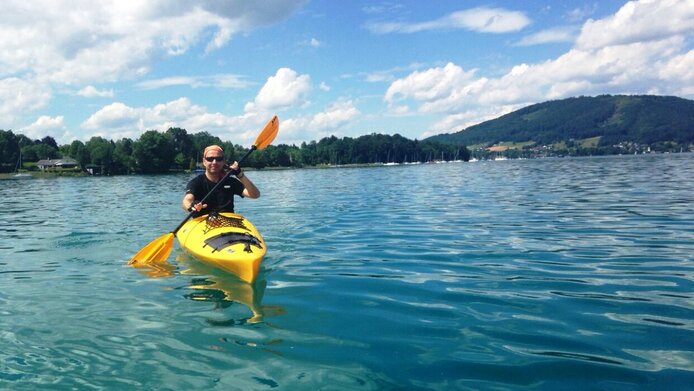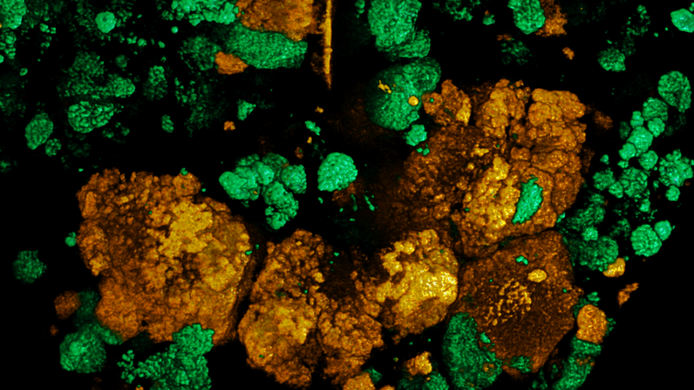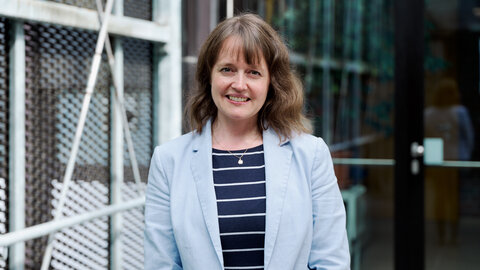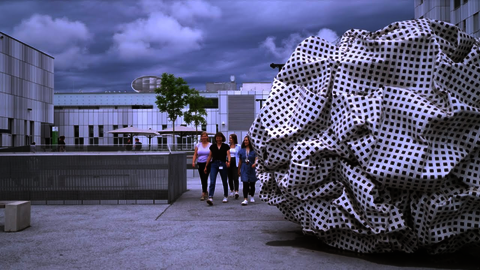Dead zones in the water
This two-stage process of “nitrification” is of tremendous ecological significance. As nitrate washes out of the soil with particular ease, more than half of the fertilizer is lost and leads to nitrogen pollution of groundwater, rivers, lakes and oceans. The eutrophication of bodies of water turns them into “dead zones”. “In the Gulf of Mexico, where large areas of the USA are drained by the Mississippi and the Atchafalaya, there are huge so-called dead zones where algae grow explosively as a result of over-fertilization. The algae are broken down by bacteria that deplete the oxygen in the process, which is why no higher life can survive there any longer,” notes Wagner in giving an example of these dynamics.
The problem of nitrous oxide
Nitrogen fertilization causes yet another problem: during nitrification, the microbes release “laughing gas” (nitrous oxide), a greenhouse gas that is 300 times more powerful than carbon dioxide and destroys the ozone layer. While these nitrifying microbes are very problematic in agriculture, they play an important role in water treatment plants by converting the ammonium from the wastewater into atmospheric nitrogen. For this process they join forces with so-called denitrifying bacteria. However, it is precisely under oxygen-poor conditions as they are found in sewage treatment plants and also in fertilized soils after rainfall, that a particularly large amount of nitrous oxide is released. For this reason, microbiologists have been looking for a long time for nitrifiers that release less nitrous oxide and have wondered whether it was possible to specifically promote their growth in such systems.
“Comammox” – a scientific breakthrough
In 2015, Wagner’s research group was exploring new nitrifiers when they achieved another scientific breakthrough in cooperation with Holger Daims from the University of Vienna: they discovered “Comammox” bacteria (complete ammonia oxidizers). These bacteria are particularly efficient nitrifying agents that convert ammonium into nitrate on their own without the need for microbial partners. And, as a great boon, only small amounts of nitrous oxide are released in the process. “A green nitrifier, if you like,” laughs Wagner. For the time being, the Viennese researchers are the only ones worldwide who are able to breed Comammox in the laboratory. They are now investigating the growth conditions of this bacterial species. Their vision for the future is to use these findings to promote the growth of Comammox in the environment in order to develop new, more environmentally friendly approaches in agriculture, wastewater treatment plants and drinking water treatment.
A formative childhood experience
For the 54-year-old Wagner, the decision to studying biology was a gut decision, as he had always been interested in the diversity of life. He had not planned ending up in microbiology, but perhaps this trajectory was fostered at the unconscious level by childhood experiences that had a great impact on him. When he was seven years old, his mother suddenly and unexpectedly fell ill with a brain infection caused by an unknown pathogen. Family life thus changed radically from one day to the next. “The question as to what illness my mother suffered from and how she could best be treated has been with us for many years,” recalls the father of four. “It is, perhaps, not entirely by chance if today I find myself developing methods for the identification and functional investigation of unknown microbes,” he speculates.
From a “village of indomitable Gauls” to world renown
After studying biology at Munich Technical University, the young postdoc spent a year of research at the US Northwestern University in Evanston and then returned to the Technical University of Munich and qualified as an associate professor. In 2003, he was called to Vienna and took on the position of Professor of Microbial Ecology at the University of Vienna. He was accompanied by Holger Daims, Matthias Horn and, a little later, Alexander Loy, formerly doctoral students in his team and, today, highly distinguished scientists. “We sat together in an office and planned the new department,” he remembers these early days. “We felt like the small village of indomitable Gauls: that forges a great sense of community.” One can still see this community spirit in the photo taken at the award ceremony for the Wittgenstein Prize 2019, where he is visibly buoyed by his colleagues’ cheers. “The others are well and truly delighted for me. That's the most beautiful thing.” Today, the “small Gallic village” boasts about 150 people from 29 countries. Fifteen of them are principal investigators and six of them have received one of the highly coveted ERC grants from the European Research Council.








